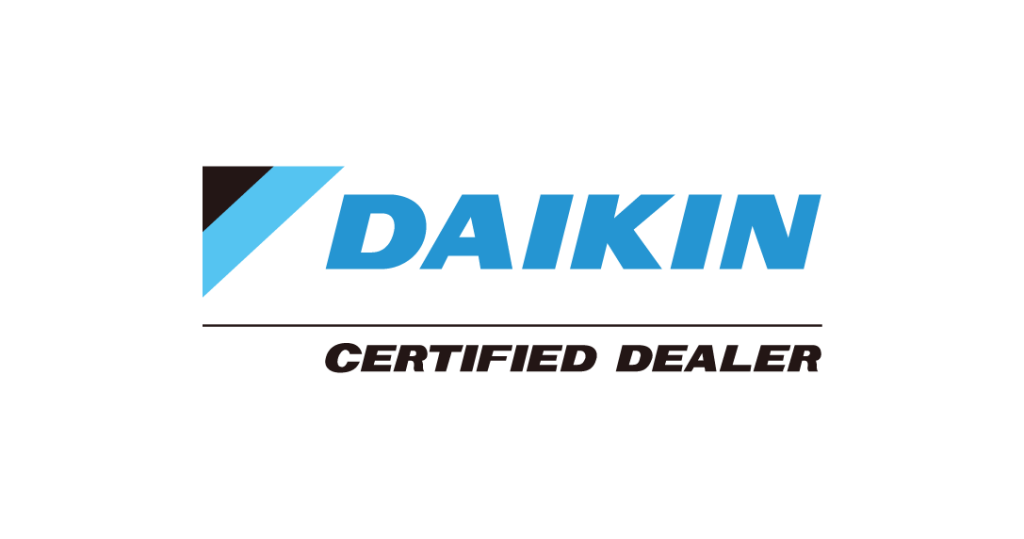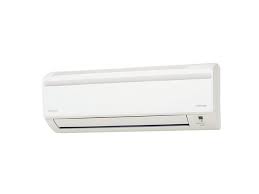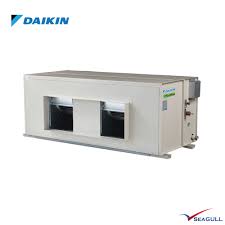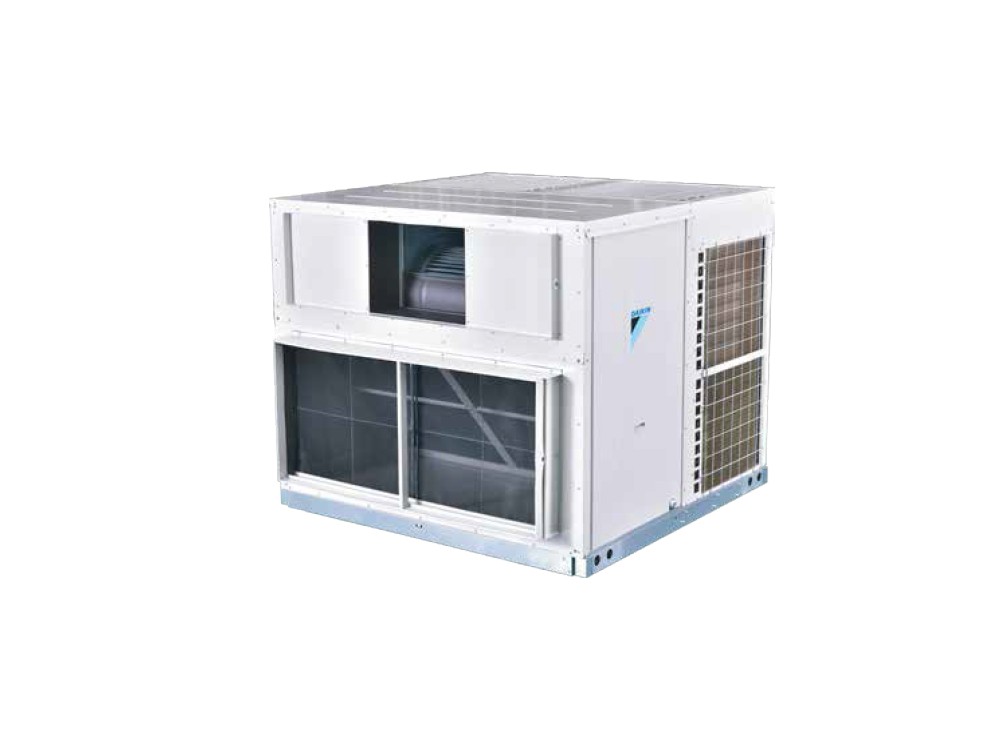DX SYSTEM
While a DX system is the HVAC air conditioning unit most commonly used for residential or small commercial buildings, it is also chosen to control the environment of a data centre. Continue reading to learn the fundamentals of selecting DX units for your environmental control.
Heating, air conditioning, and ventilation now account for roughly 40% of total energy consumption. A continuing research challenge is to achieve energy efficiency by reducing energy consumption while maintaining air quality and comfort. Direct Expansion Systems are one of the central air conditioning systems that are gaining popularity in the market today (DX). Using a refrigerant vapour compression and expansion cycle, this type of system directly cools the air supplied to the space/building in which it is installed (also known as RVEC cycle). An evaporator, a compressor, a condenser, and a thermal expansion control device are all part of an RVEC cycle. The system controller oversees the entire process.
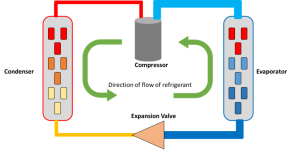
The term “direct” refers to the evaporator’s position in relation to the air-side loop: there is direct contact between the air-stream and the evaporator. Instead, the term “expansion” refers to the movement of refrigerant into the evaporator. Before entering the evaporator, the refrigerant (which is liquid) flows through an expansion device, which is made up of a DX valve that reduces the pressure and temperature of the refrigerant.It is also worth noting that a ventilation fan is required for a DX system, as its function is to distribute and replenish the cool air.
Places Where DX Air Conditioning System Can Be Used
- Multi Storey Office Buildings
- Malls
- Universities
- Hospitals
- Assembly Theatres
- Library & Museums

